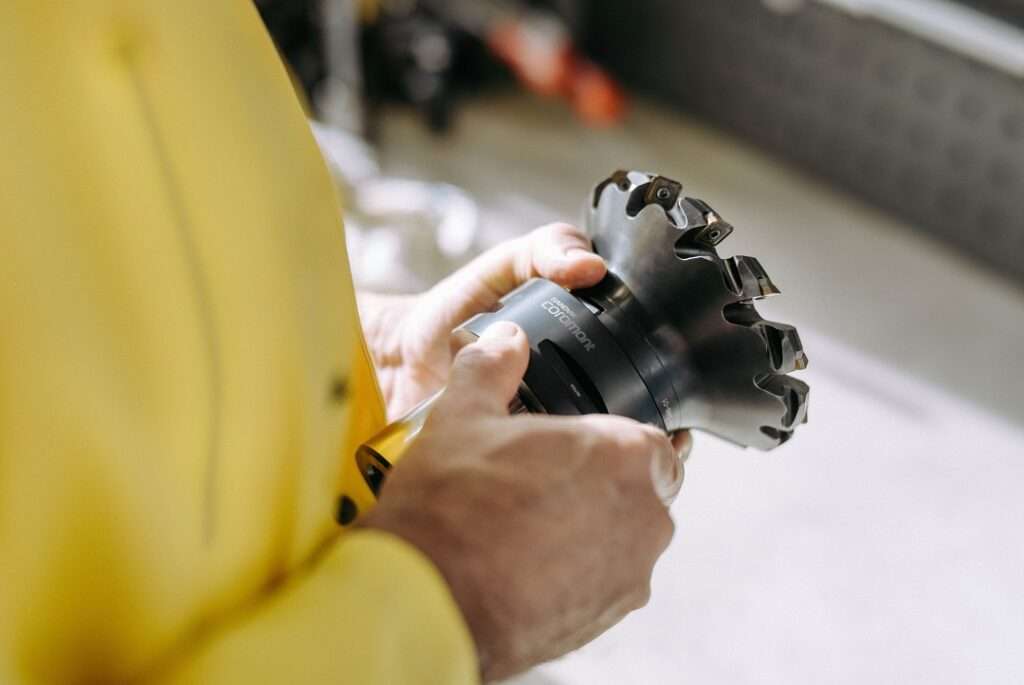Teradyne, a supplier of semiconductor testing equipment, has relocated approximately $1 billion worth of manufacturing from China owing to the escalating tensions in the US-China tech battle. The Massachusetts-based company took this step in response to strict US export regulations implemented in October 2022, which restricted exports to semiconductor manufacturing facilities in China to prevent the unintentional support of China’s military technology advancements.
Teradyne plays a crucial role in enhancing the assembly and testing processes of various devices. With a focus on automation, the company addresses two key aspects of manufacturing: task automation through robotics, freeing individuals from repetitive tasks and accelerating return on investment; and electronic test automation equipment (ATE), which expedites time-to-market for new electronics, particularly in markets prioritizing reliability and performance.
The company is aimed at aiding organizations in delivering high-quality products swiftly and economically. Teradyne’s team, driven by relentless curiosity, collaborates to solve problems and improve competitiveness. Serving companies of all sizes across diverse markets, Teradyne ensures that products perform as designed consistently. Their enduring commitment to advanced testing and automation aligns with the goal of improving how the world lives, works, and innovates in partnership with their customers.
The primary manufacturing site of Teradyne affected by this decision of relocation was located in Suzhou, where Teradyne subcontracted its semiconductor test equipment production to Flextronics. The move marks the broader trend among the US companies to reduce their reliance on Chinese manufacturing amid regulatory restriction and geopolitical uncertainties.
Teradyne’s decision was fueled by the October 2022 US rules that aimed to limit the export of critical technologies, particularly in the semiconductor industry, where technological advancements are often dual use having both civilian and military applications. The regulations were part of a broader effort to safeguard US technology from contributing to China’s military capabilities.
The impact of the regulations was evident in Teradyne’s 2022 annual report, where the company warned investors about potential results. In October 2023, Teradyne revealed that the restrictions had affected both its sales to specific Chinese companies and its manufacturing and development operations. The Suzhou facility, main space of its production, was affected with the brunt of these export controls.
Speaking at the Massachusetts Export Center’s annual export expo, Brian Amero, Teradyne’s director of global compliance and ethics, highlighted the challenges the company faced. Mr Amero revealed that Teradyne had to secure an emergency authorization to continue manufacturing in China, a move which seemed too risky. Despite the authorization, some suppliers refused to ship to Teradyne, causing disruptions in the company’s supply chain.
The decision to relocate manufacturing out of China came at a considerable expense for Teradyne. Amero highlighted the significance of this move, stating, “It’s still a front-burner issue.” The company eventually obtained licenses to reduce the impact of the regulations. Notably, in October 2023, when the US updated its rules, an exception was carved out for testing equipment used after the creation of semiconductor wafers.
During a conference session titled ‘The China Balancing Act: Complying with Export Controls While Maintaining Your Sanity,’ Mr Amero acknowledged the impact of the regulations on Teradyne. He mentioned that while the company had not been a direct target of the rules, it had been heavily affected, leading to observable consequences in market share.
Unfortunately, Mr Amero did not provide specific numerical figures. Teradyne’s quarterly financial report ending October 1, 2023, reflected a shift. China accounted for 12% of revenues during that period, down from 16% in the same quarter the previous year. This decline shows the impact of the export controls on the company’s business operations in the Chinese market.







